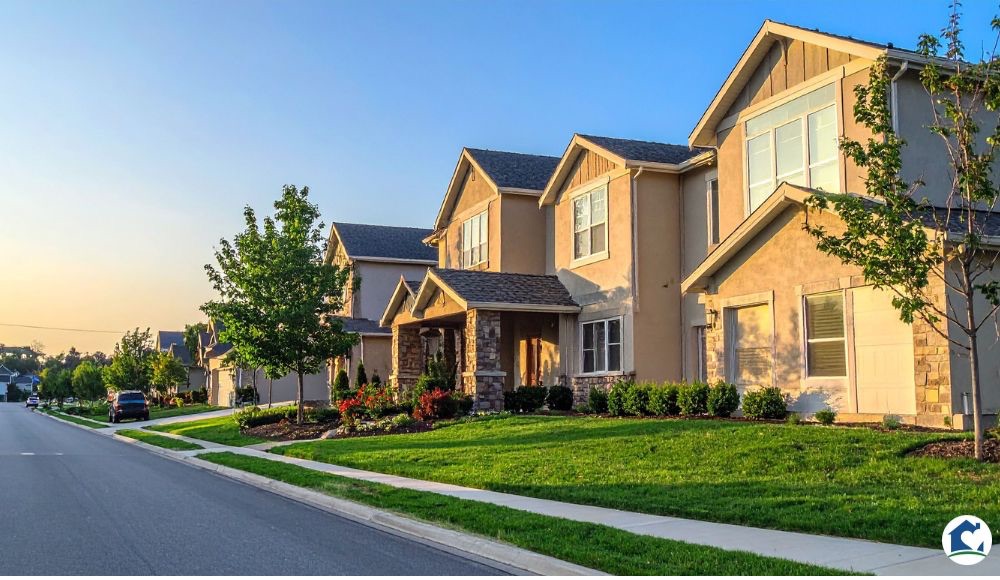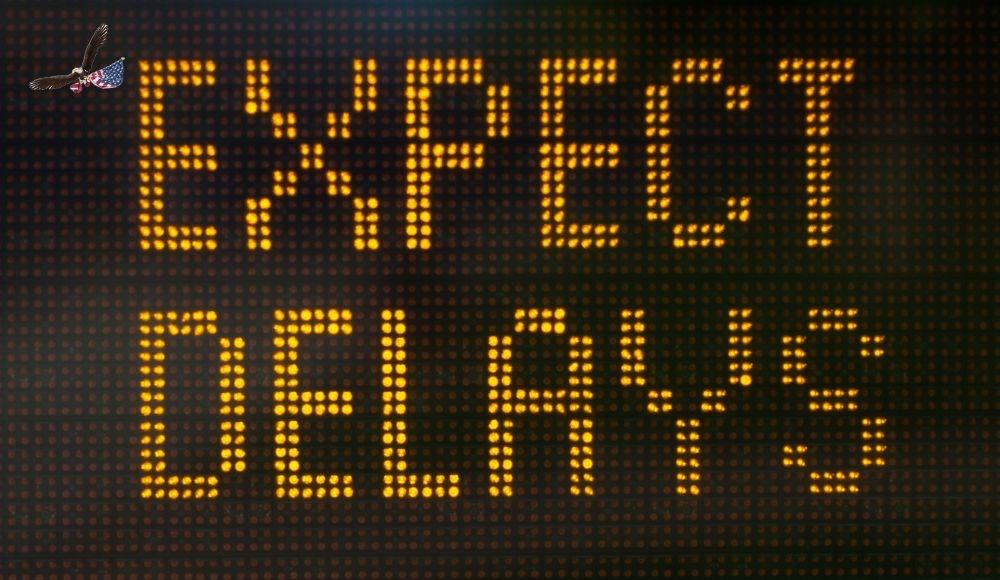
For a long time, it has been challenging for both employers and insurance companies to handle workers' compensation insurance. Keeping track of claims, staying in compliance, and ensuring employees are satisfied can go wrong when you do things manually.
Today, technology is transforming how organizations handle workers' comp insurance—from initial reporting to claim resolution—by improving accuracy, efficiency, and transparency. Digital platforms and automation tools are helping employers streamline processes, reduce paperwork, and create a more proactive approach to injury management.
Software Solutions
Today, workers' compensation management software means all claim-related information is in one safe, easy-to-reach area. These platforms help employers, insurers, and healthcare providers work together more effectively by enabling them to share documents and updates in real time.
For example, cloud-based systems can automatically record incidents, track claims, and notify HR or safety teams when deadlines are approaching. Many of them also work with payroll, risk management, and compliance systems to ensure that all data stays in sync. Companies can make their administrative tasks easier and lower the risk of losing or missing records by switching from spreadsheets and paper reports to digital solutions.
Some advanced software platforms even leverage artificial intelligence (AI) and predictive analytics to identify patterns in workplace injuries. This software allows employers to spot recurring hazards and take preventative measures before accidents occur—shifting from a reactive to a proactive safety model.
Benefits of Automation
Automation is another powerful driver of improvements in workers' comp insurance management. Tasks that once took hours—such as filing claims, verifying documentation, and generating reports—can now be completed automatically.
Automating these tasks saves time and improves accuracy by reducing the risk of human error. Automated workflows ensure that claims move through the proper channels quickly, keeping communication clear among HR, insurance companies, and medical providers.
As a result, injured employees receive faster resolutions and better support, while employers maintain compliance with regulatory requirements.
Moreover, automation allows managers to focus on higher-value tasks, such as employee engagement and injury prevention, rather than being bogged down by repetitive paperwork.
Real-Time Data Tracking
Real-time tracking data is changing how companies monitor workers' compensation insurance cases. Safety managers can receive real-time updates on incidents, claim statuses, and cost trends through IoT-enabled devices and cloud-based dashboards.
This level of visibility makes it easier to make decisions quickly and manage risks better. For instance, companies can now identify the departments or job sites with the most injuries. With this information, they can immediately implement safety programs tailored to those areas. Data analytics tools can also provide employers with predictive insights that help them plan for potential risks and use their resources more effectively.
In short, technology provides the speed, accuracy, and transparency needed to make workers' compensation management not only more efficient but also more human-focused—helping both employees and employers recover faster and smarter.
We Can Help Your Company with Workers’ Compensation Insurance
Looking for an experienced and reliable workers' compensation insurance agency? Contact American Insuring Group online, or call (800) 947-1270 or (610) 775-3848. Our independent agents will find you the perfect policy at an excellent price.
Contact us today to get started!
















